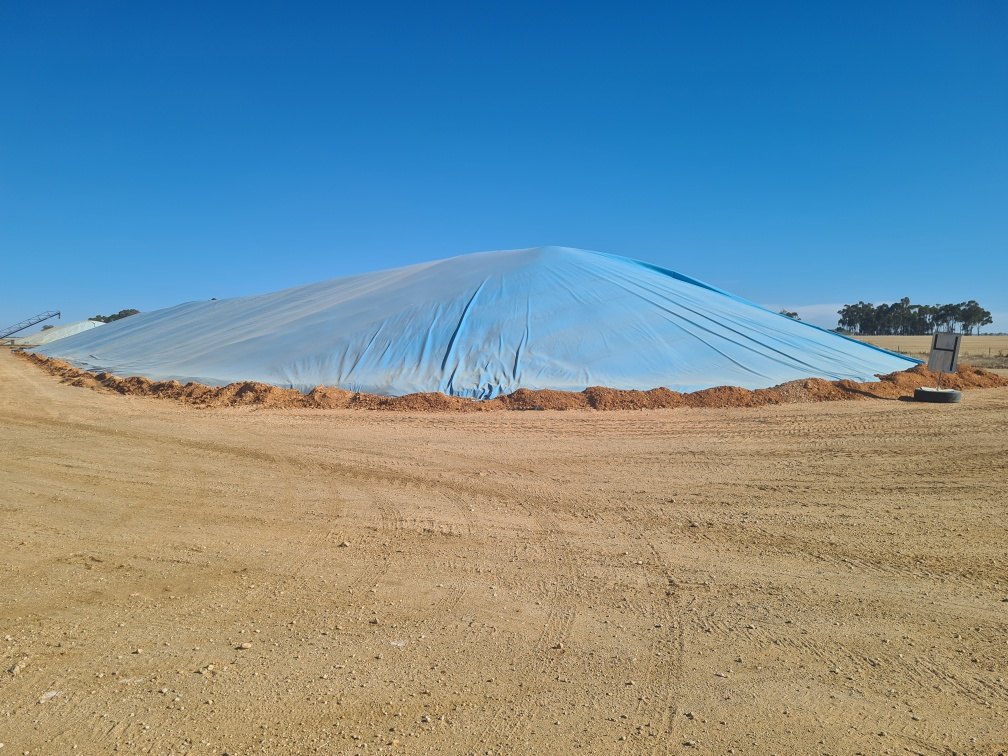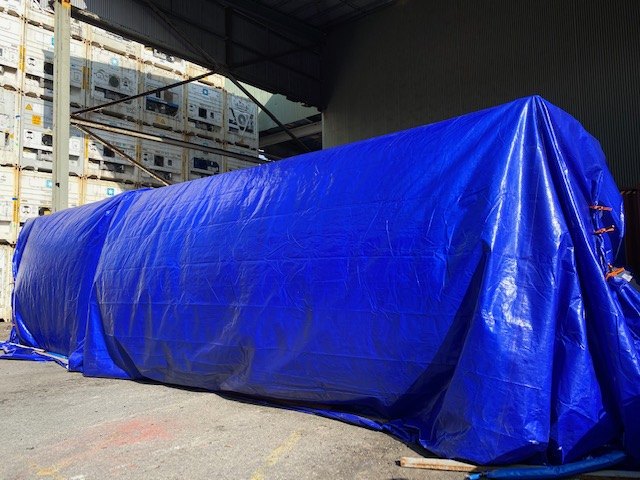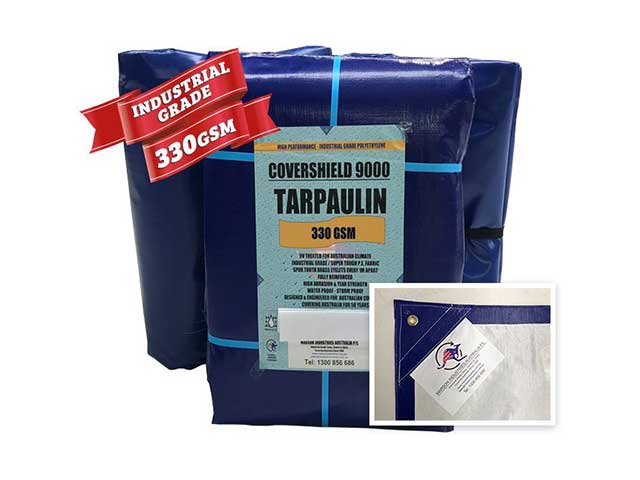Tarps, Covers & Liners. Industrial Textile Fabrication.

Over the years, the laws for protecting people and the environment have gotten much stricter and the penalties much harsher as well. In the past, a small spill, whether in a business or in the environment, would have been ignored or merely swept aside, but not anymore. There are now has strict accountability and records that need to be kept as to how the spill happened, where it happened and what was done with the spilled materials.
In addition to that, insurance companies that cover the liability on such accidents are keen to know all the details of the history of spills for every company before they take their business. There are ways to limit the extent of spills and the damage they can cause, let’s take a look at some of those spill containment systems now.
- If There is Any Chance Of A Hazardous Spill, The Damage Should Be Contained
There are thousands of chemicals that are in use every single day in our homes, businesses, and every place we go all day long. At home, such chemicals as chlorine bleach, ammonia, peroxide, gasoline, kerosine, fingernail polish remover, drain cleaner, and pesticides are just a few of the dangerous chemicals that need to be cared for.
In businesses, those same chemicals exist, only in much larger quantities, plus many others that are much more dangerous. In many chemical processes, there are acids that can dissolve metals as well as human skin in just a few seconds. These same chemicals can be quite dangerous if inhaled or mixed with other chemicals during a spill. For these reasons, it’s always best if each different type of chemical has its own spill containment vessel that keeps the spill from spreading out of the immediate area. The containment vessel will have to be carefully matched to the exact chemical in order to make sure it can resist being eaten or dissolved by the spill.
Some of the best materials that resist the most different types of chemicals are the plastic spill containment trays now available. The trays can be placed under all of the stored chemicals, the mixing vats, or any machine that happens to use the chemicals in some kind of process. Plus, there can also be special absorbent materials placed inside the trays, or in some cases neutralizing agents, that will eliminate much of the danger. Even chemicals that are dangerous if inhaled, usually have some kind of deactivation agent available that can make them less harmful or completely harmless. These absorbent materials and neutralizing agents can either be kept close for quick use or left permanently in the plastic spill containment trays for safety.
- Some Plastic Spill Containment Trays Are Pallet Sized
To make moving and storing dangerous chemicals easier, many of the trays come in hundreds of different sizes to accommodate the various safety regulations. Most chemicals are at their most dangerous state when they are being moved about on a forklift in storage facilities. For this reason, there are special trays that can go under a pallet and then be moved right along with the chemicals at the same time. There are also other plastic spill containment trays that can go underneath the shelving racks to contain spills happening there as well. Special thought should always be taken to keep chemicals that could react together and cause a worse situation so individual trays should be used for each different chemical to avoid mixing. Even some household items, such as bleach and ammonia, are extremely hazardous if combined and emit a toxic gas harmful to humans and should never be shelved near one another.
Another key feature of the containment trays is that they come in various depths that enable them to capture larger spills. Obviously, the larger the package of chemicals, the larger the container that holds the spill will need to be or the whole system becomes useless. So the spill trays come in a wide variety of profiles from just a few inches to several inches deep. Absorbent materials can also be added that would allow more spilled chemicals to be held than what the trays would normally be able to hold.
- Spill Containment Berms Are the Next Step In Containment
A berm is a raised bump in the floor or terrain, that is designed to stop a larger spill that small plastic spill containment trays wouldn't be able to handle. Tanker trucks and rail cars are an excellent example of where berms would be needed. When a larger spill happens, the major worry is that it will leak into a stream, lake or river and cause an environmental catastrophe. Some pesticides are very lethal to fish and amphibians in very small quantities and could get washed down a creek into a lake and kill the entire fishery very quickly. This would be a multi-million dollar loss that the insurance companies and their clients would surely want to avoid.
With a berm, a huge area can be contained and then pumps can be brought in to suck the effluent out and into other containers to be hauled away. Or, workers could continually poor absorbent into the area and use shovels, or tongs to remove the wet absorbent that can then be taken to a hazardous waste recycling facility for disposal. When it comes to larger spills the risk to the environment is quite high and very expensive, especially when compared to the small cost of keeping portable berms on hand for just such an emergency.
Berms come in many specialized shapes and sizes, some are made to fit perfectly over the rails under a railcar and others are specific for placement around an oilwell head too. You can find a berm for almost any application, or there are generic universal fit berms as well.
No matter what kind of hazardous chemicals you or your company deal with, the price of containing spills is minimal compared to the cost of cleanups, fines, and penalties. It’s always better to play it safe and keep employees safe from the many hazards that could happen every day in the workplace or even at home.
Share this post



